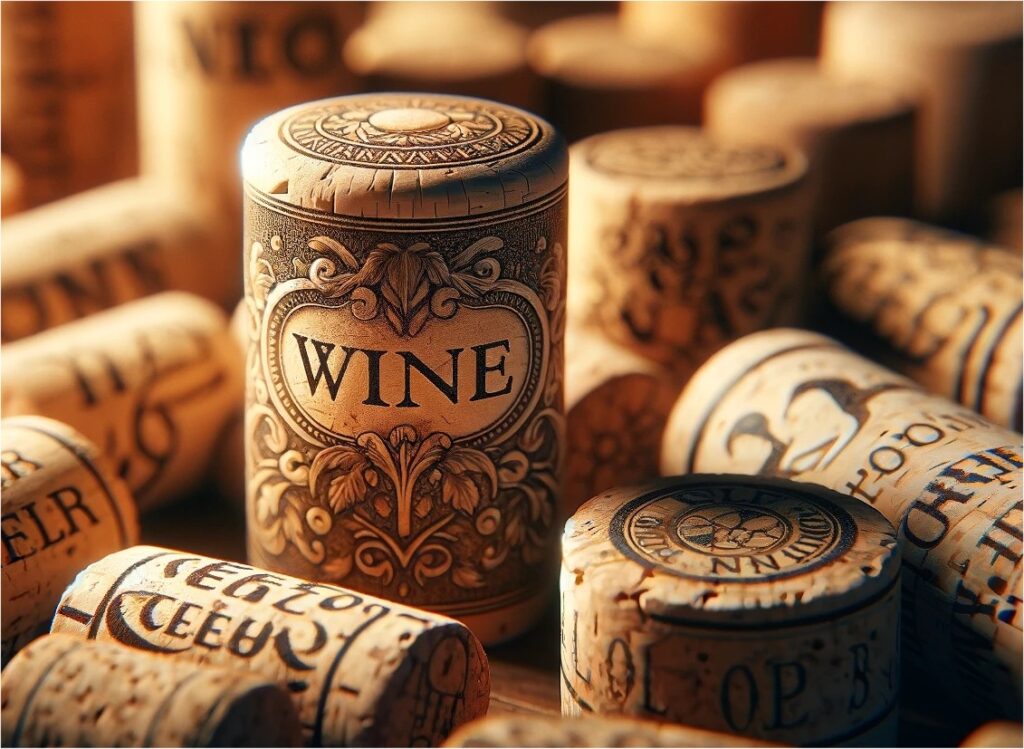
The BBC has reported that Corkage fees, the charges diners pay for bringing their own wine to restaurants, are rising in London as establishments try to maintain profitability. Traditionally around £12 to £15 per bottle, some venues now charge upwards of £100. This increase is driven by inflation and rising costs, such as energy bills and wages, which have hit the restaurant industry hard, particularly in fine dining. Restaurants charge corkage to cover service costs and compensate for lost alcohol sales, which are typically more profitable than food.
Some restaurants, like Dorian in Notting Hill, justify high fees by arguing they need to generate revenue due to limited seating. Others, like Fallow, base corkage fees on the wine’s market value. While some establishments, like Hawksmoor, offer free corkage on quiet nights, others have introduced new fees, such as Little Georgia’s £5 charge for low-value orders.
Wealthier diners often exploit corkage by bringing in wine bought at lower prices, which has appreciated in value. Despite rising costs, corkage fees can still offer a better deal than purchasing high-priced wine from a restaurant’s list. Industry experts attribute these fee increases to the pressure of inflation and rising operational costs, leaving many restaurants struggling to maintain profitability.













